Our Other Self / Shira Levi

There is a primaeval element that lies in the widespread tradition of dressing up. A sort of longing for our different selves, the ones we could have been, used to be or want to be. Usually, we probably aren’t brave enough to actualize our real wishes and fantasies or our hidden self with a costume. When we are younger we are led to the “correct” categories that are age and gender appropriate during holidays dedicated to costume wearing or costume parties and when we are older it always seems a bit much. But the concept of a possible hidden version of ourselves or an image that embodies other parts of us lies in the cracks and folds of the imagination. Occasionally, this concept shines through in art, especially in wonderfully fantastic art.
Michal Chelbin‘s book of photographs “Strangely Familiar” is filled with haunting images of displaced situations in which the outfits and costumes of the people she photographs are an important part of the composition. Chelbin who grew up in Israel was inspired by her own Ukrainian family photos and started travelling the world, connecting with locals in the areas she visited and then directing them in the photos she wanted to take of the same nature as the ones she had seen at home. “Strangely Familiar” is comprised of works she created in Israel, Russia, Ukraine and England.

Many of the people in Chelbin’s photographs are performers of some sort or another, little girls in old fashioned dresses or soldiers in uniform. The settings she chooses to place them in creates not only a romantic and fantastic feel but a sort of yearning that can speak to anyone who has roots in a different country than the one he or she were born in, whether in the ice forests of eastern Europe or anywhere else in the world. Another Israeli artist whose work is filled with longing to the luminescent glow of foreign inner memories is Meir Pitchazde. Pitchazde, who recently passed away, belonged to a different generation than Chelbin does, he immigrated to Israel from Georgia as a young man in the seventies. Still, he brought with him that same quality of dressing reality up and down, trying to find that elusive sense of self - past and present combined. Some of his detailed oil paintings seem almost like darker versions of Chelbin’s photography leading us to wonder if they actually knew each other or just both taped into the same eastern European well of longing.

Another artist who's worked touched on the concepts of the lost self and the outer representation is Meira Shemesh. At first glance, the artwork in the catalogue “Meira Shemesh Beauty Queen” seems like the polar opposite of Chelbin and Pitchazda’s work. The bright colours and naive style seem miles away from the bold images they present. But at closer examination, her work seems to include many of the same elements. Shemesh, who was considered an up-and-comer in the Israeli art world in the eighties, died at the young age of 34 but left a significant legacy that was unique and complex. Many of her earlier works include little mementoes and decorative objects from her parents' house. In using them she was able to incorporate childhood tastes, smells and sensation linked to her parents who were originally from Iraq.

Another very interesting aspect of Shemesh’s work was her fascination with beauty queens. Shemesh dismembered the concept, studying it from different angles, using dolls and paint she worked through her own fantasy of being a beauty queen which is also – in a certain sense – a collective fantasy. The images Shemesh uses, colliding with the performance Chelbin alludes to, embodied in the young girls in fancy-outdated dresses who also appear in Pitchazdes paintings create a landscape of fantasy, life and self. They all explored the borders between our longing to “dress up” and be the wants society want us to be, achieve the most, blend in as well as stand out – and between the authentic longing for a fragmented, scattered self which may not be as beautiful but has a whisper of truth to it.
(The cover image is taken from Michal Chelbin‘s book, “Strangely Familiar”)

